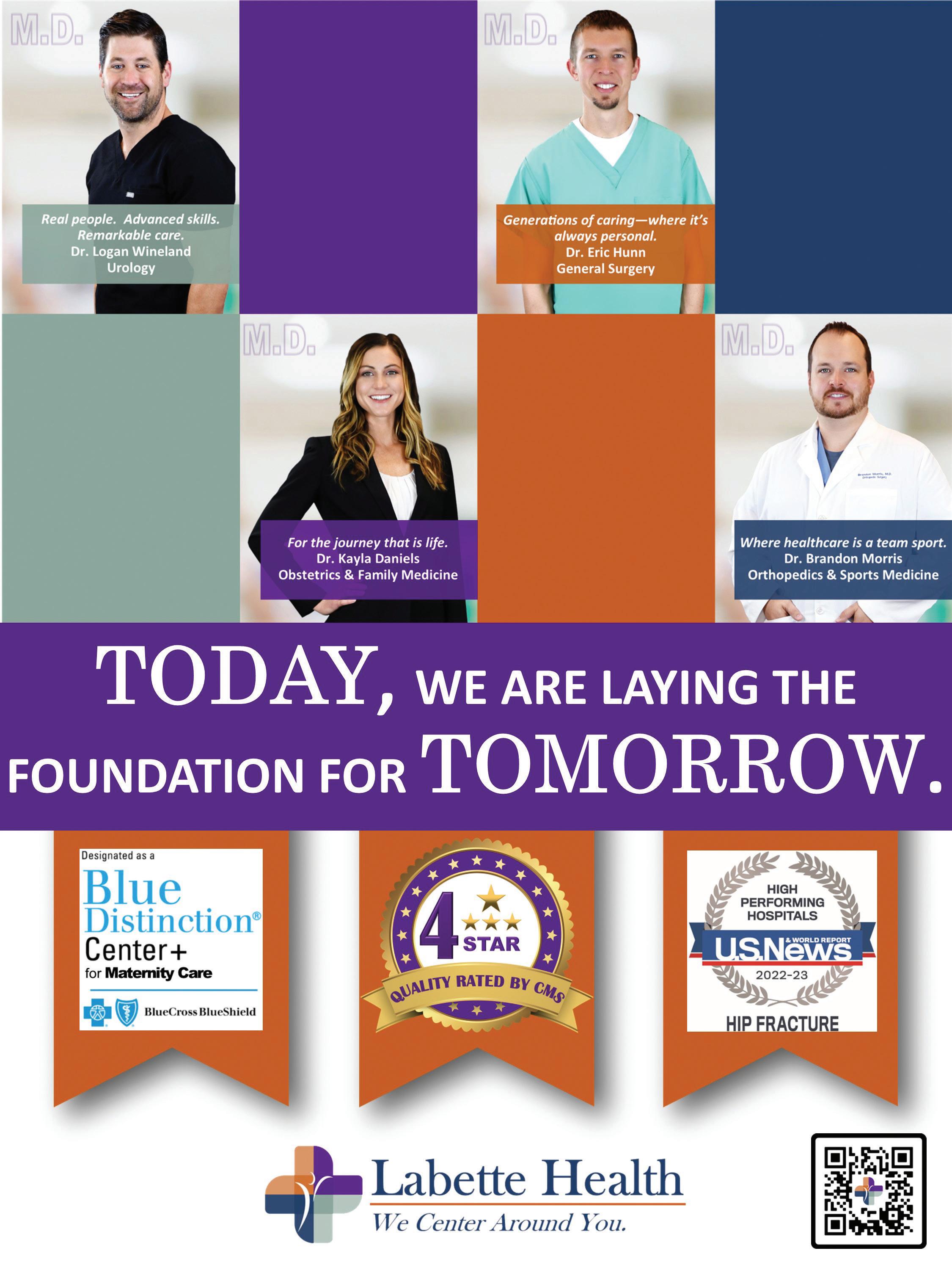


























 By Susan Lynn
By Susan Lynn
Frequent consumption of sugar is the main reason so many children have cavities, said Dr. Ryan Coffield, an Iola dentist.
“From morning to night, kids are exposed to sugary foods. It’s often in their breakfast cereals, drinks, and snacks,” he said.
Coffield also says the food industry’s marketing direc tives are misleading to consumers. “‘Many products are given names or their packaging has images that can imply they are healthy. When in reality they are ul tra-processed and have so much added sugar that they are bad for the teeth,” he said.
“It helps to read the nutrition labels and pay attention to how much sugars there are in these products.”
Children should start seeing a dentist at age 1 to pre vent cavities and tooth decay, which can lead to pain if untreated. Children with healthy teeth can chew their food easily, learn to speak clearly, and smile with con fidence.
Tooth decay is the most common chronic disease among children in the United States. The Centers for Disease Control and Prevention (CDC) reports that more than 40 percent of children have decay by the time they reach kindergarten.
Other dental problems can be the alignment of teeth. Genetics play a part in this, but one avoidable cause of practices that can help guard against cavities in children:5
See DENTAL HEALTH | Page 11
Reduce sugar intake; Brush teeth twice a day; Make sure toothpaste includes fluoride. “Fluoride protects against cavities,” Coffield said. Use dental floss once a child’s teeth touch one another. “Some kids have good spacing, and a toothbrush’s bristles can get in between each tooth. But if there’s proximal contact, you’ll want your child to learn how to floss.”
Drink mostly water, preferably tap water.



Here at Hope Unlimited, we are always learning and looking for ways to best assist survivors of domes tic violence. We are fortunate to be surrounded by a caring community of medical health professionals who value our services and work hand-in-hand with us to meet the needs of survivors.

It is important to be aware of head injuries and the last ing effect on a survivor’s health. Just because a person has no bruises or obvious signs of injury does not mean there hasn’t been a trauma to the brain. A domestic vi olence survivor can have head trauma if their partner:
1. Hits them in the face.
2. Puts their hands around their neck or tries to strangle them.
3. Makes them fall and hit their head.
4. Shakes them severely.
5. Does something to make them pass out, lose consciousness or have trouble breathing.
Researchers have shown that even the slightest blow to the head when repeated often enough can result in
One of the most overlooked injuries inflicted on domestic violence survivors is head trauma.
long-term neurogenerative disease. Even with the in creased awareness of head injuries within the NFL, until recently the dots had not been connected to domestic violence survivors. The CDC estimates that 1 in 5 women in the United States experience severe intimate partner violence over the course of their lifetimes, resulting in physical injuries most commonly in the head, neck and face.

Some warning signs may include repeated nausea, un usual behavior, confusion, numbness or slurred speech. Other signs might be changes in voice, trouble swal lowing or difficulty in breathing. It is important to seek medical care if anything seems “off,” no matter how long ago the injury occurred.

As research is evolving about domestic violence and head trauma, it is clear this is a very real concern for survivors. Our advocates receive training and ongoing information on best practices to assist survivors suffer ing from head injuries. Our trauma-informed (meeting survivors where they are, on their terms) services in cluding safety planning, medical advocacy and so much more. Our goal is to empower survivors and help them along their individualized path to healing. Forming part nerships with medical providers to create awareness and educate survivors about head trauma will continue to be a priority for Hope Unlimited. For more informa tion, contact us at 620-365-2016, visit hope-unlimited. org, or stop by our office at 406 N. Buckeye in Iola.

Our weight is affected by many things — our family, choices, experiences, environment, and society. It can be a lot to manage and many people are losing that fight. According to the Centers for Disease Control and Prevention, obesity is the most common chron ic disease in the United States, affecting 93.3 million adults.
Allen County Regional Hospital–Iola Clinic is excited to welcome Sam Wilcox, MD, to the community. Wilcox brings expertise and passion for obesity medicine.
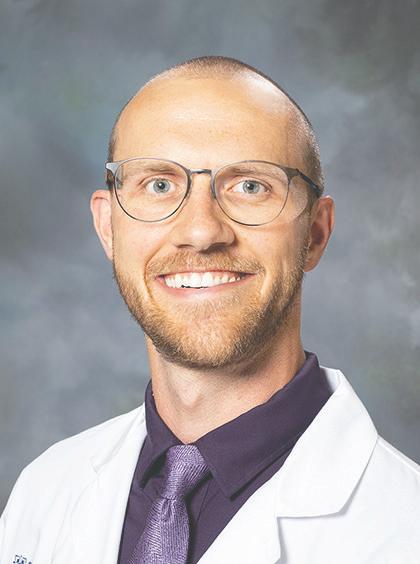
“Even if society is to blame for the obesity problem, we can’t expect society to fix it,” Wilcox said. “We have to work as individuals to change the things that keep us sad, stressed, stuffed, solitary, and sedentary.”

While weight loss medications and surgeries can help patients overcome obesity, there’s no universal solu tion. Wilcox reinforces the importance of changing life styles.

“People can’t lose weight doing the exact same things they did when they gained weight,” he said.
Wilcox does not attribute obesity to a few bad choices, but rather to day-to-day routines that seem normal.
“It’s normal for people to not get enough sleep, feel too stressed at work, drive home, spend hours in front of a screen, and microwave something for dinner,” he said.
Normal routines like these are why two out of three people in Allen County (and across the U.S.) are over weight or obese.
“Obesity interests me because it is profoundly unfair,” Dr. Wilcox said. “It’s a disease of society but it’s individual people who suffer.”
Wilcox helps patients make small changes, a few at a time, to keep moving toward a healthier lifestyle. Over time, these changes add up and can make a huge dif ference. It’s important to remember weight loss, like obesity, takes time to develop.
“Although people focus a lot on weight,” Wilcox said, “my goal for my patients is to help them live and feel healthier with changes that last a lifetime.”
Wilcox is accepting new patients and offers compre hensive and evidence-based approaches to treat obesi ty. If you are looking for a new approach to losing weight and feeling better, call 620-365-6933 to schedule an ap pointment with Dr. Sam Wilcox at the Iola Clinic’s new lo cation inside the Medical Arts Building at 826 E. Madison Ave. in Iola.
Make an appointment with Dr. Sam Wilcox
Allen County Regional Hospital–Iola Clinic Medical Arts Building – new location 826 E. Madison Ave. Iola, KS 66749 620-365-6933 saintlukeskc.org/ACRH-primarycare
Dr. Wilcox earned his medical degree from the Universi ty of Kansas School of Medicine in Wichita and recently completed his training in residency at Northwest Wash ington Family Medicine Residency in Bremerton, Wash ington.

Wilcox cares for patients of all ages and has special interests in sports medicine, diagnosing and treating musculoskeletal injuries, and obesity medicine.
His care philosophy is to meet his patients where they are in life and in health. He knows that health is affected by our genes, our choices, our experiences, our environ ment, and our society — which cannot be overcome with an appointment and a pill. Wilcox offers guidance, com passion, and care with a focus on helping his patients feel better as a critical step toward pursing other life goals.
Wilcox grew up in northeast Kansas, and after complet ing his residency in Washington, returned to Kansas with his wife and young son to be near family. He chose Iola to begin his career in family medicine because of its community programs and growing network of services that prioritize health in the community.
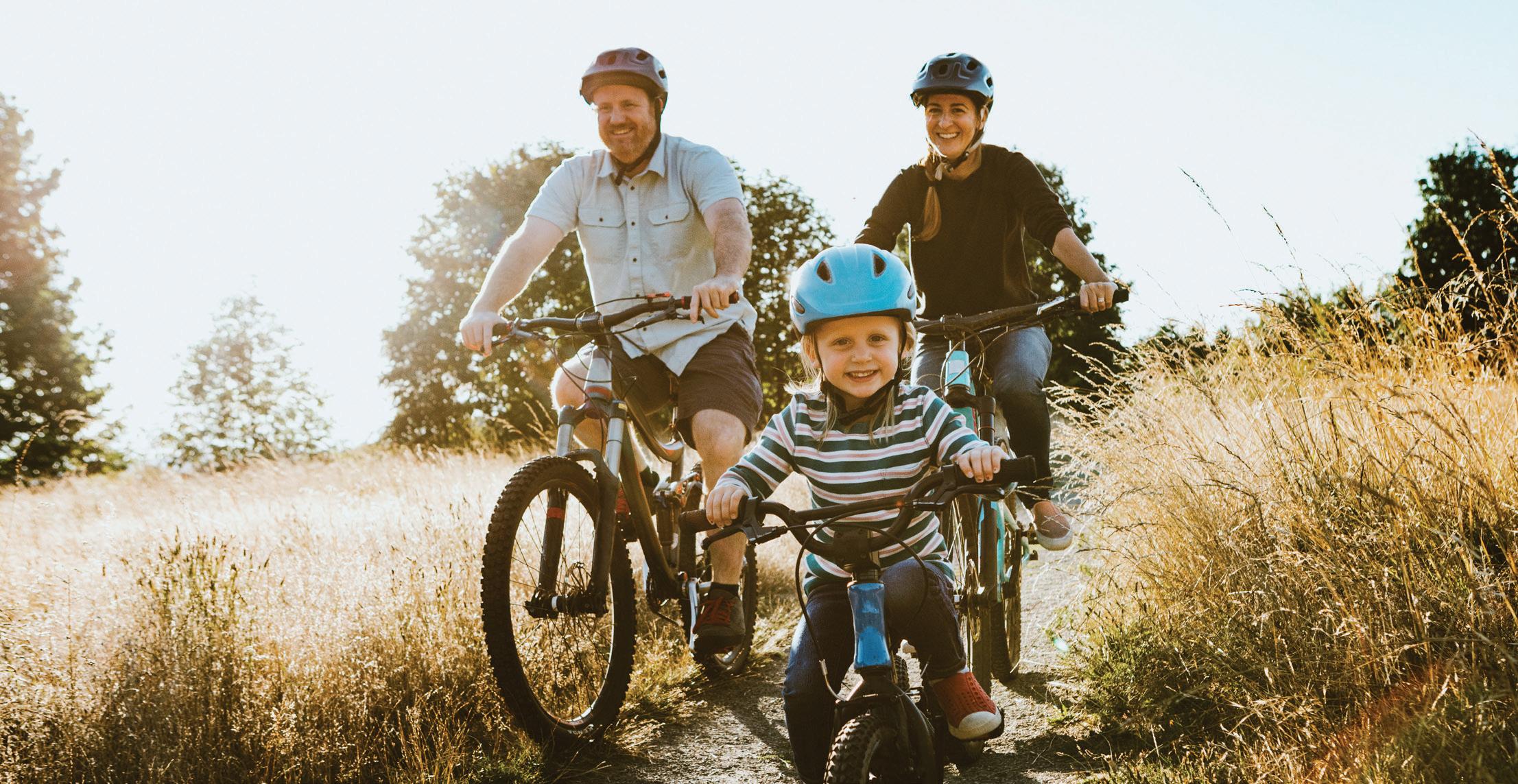


Eating breakfast can improve concentration and mental sharpness. Yet many people may skip it altogether. Good breakfast choices include eggs, Greek yogurt, oatmeal, berries and whole wheat toast.

Learning to count sitting time, as well as active time, can help employees make better choices to lower their risk for health problems. Invest in desks that converts to standing desks or take stretching breaks to help move more.

Snacks may be a staple in the workday that you use to keep going. If you bring or have snacks in the workplace, whether regularly or from time to time, make sure they are healthy. Healthy snacks include rice cakes, almonds, fresh or dried fruit, hard-boiled eggs and yogurt.

Give your eyes regular breaks by following the 20-20-20 rule. It’s simple and easy to try. Basically, every 20 minutes spent using a screen, you should try to look away at something that is 20 feet away from you for a total of 20 seconds. Other tips include adjusting your lighting, taking breaks, limiting screen time, and using arti cial tears.
The body uses water to maintain its temperature, lubricate the joints, remove waste, and much more. You can promote hydration with some simple tips. For most people, water is best for hydration. Have a glass of water before every meal and rst thing in the morning. Some foods such as fruits and vegetables also have a high percentage of water. These include pineapple, watermelon, blueberries, pears, grapefruit, cucumber, lettuce, celery and tomatoe
Know the importance of getting between seven and nine hours of sleep (or the amount that works best for your body). Sleep tips include: be consistent with your bedtime, quiet your bedroom by turning o or removing electronic devices, avoid a large meal before bedtime, and exercise.

When was the last time you had a conversa tion with your partner about something outside of your daily demands and hectic schedules? When couples are asked this in my office, most cannot find a time when this recently occurred. Instead, most conversations are filled with negative criticism and comments that dimin ish feelings of connection and leave partners feeling hurt and inadequate.
If left untended, relationships usually begin to break down and start showing patterns of unhealthy and hurt ful communication, diminishing intimacy, lack of sexual intimacy, and disagreements in parenting, among many other things. If you’re in a relationship and this sounds familiar, you’re not alone. Couples counseling may be beneficial in repairing your relationship.
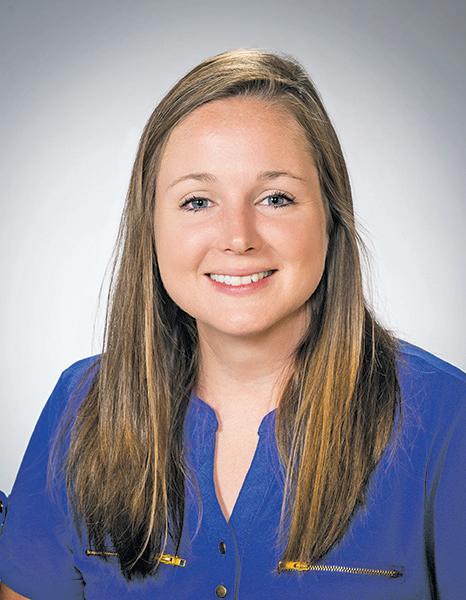

Couples typically wait over two years after problems begin to finally seek help. It’s a big decision to make, and feelings of anxiety and nervousness are valid. And rightfully so — couples counseling is hard. You’ll cover hard topics and be uncomfortable at times. However, you’ll also have the chance to feel relief, heard, validat ed, appreciated and connected.
When things get bad, conversations focus on negatives and everything that’s going wrong. But imagine how your outlook toward your relationship might change if you shifted your view to focusing on what’s good.
My first homework task for most couples is to sched ule “ten-minute time” together. Just like you would
Meeting with a therapist as a couple can be better imagined as a way to start hearing your partner’s perspective on the struggles and challenges that exist in the relationship.
write a soccer game on your calendar, this gets to take up space on your calendar because your relationship is a priority. Each day schedule in ten minutes where you get to focus on your spouse with zero distractions.
During this time, reflect on the passionate, fun, caring and positive things. Focus on the successes and team work you’ve been putting in. Point out the coffee your spouse made you and say thank you. Dream about that vacation to the mountains or the beach. Do something silly or fun together. Laugh and reminisce on the dates and moments that remind you of how you fell in love.
The next step is creating a goal of how you want your relationship to be. As a team, the therapist and couple work together to identify core issues, unhealthy pat terns and provide different perspectives and strate gies that help create lasting, positive changes in the relationship for years to come.
If it sounds like couples counseling could help you and your partner, reach out to the SEK Mental Health Center. We’re here for you, whenever you need us.
Milly, age 2. Ceri works as an educational audiologist at Greenbush Education Service Center in Girard.DENTAL HEALTH: continued from page 3
misalignment is prolonged thumb-sucking and pacifier use.
“Thumb-sucking can permanently change the arch. It can elevate the roof of the mouth and cause the teeth to flare out,” said Coffield.
“I recommend that children give up these habits by age 2-3 years. When it’s stopped at that age, we don’t see any permanent damage. The older they get, the more it is a problem, and it can lead to misalignment of your child’s teeth.”
If that happens, orthodontic braces are recommended. Dr. Kurt Muehlebach, a Kansas City orthodontist, sees area patients in Coffield’s office, 415 N. Washington, three times a month.
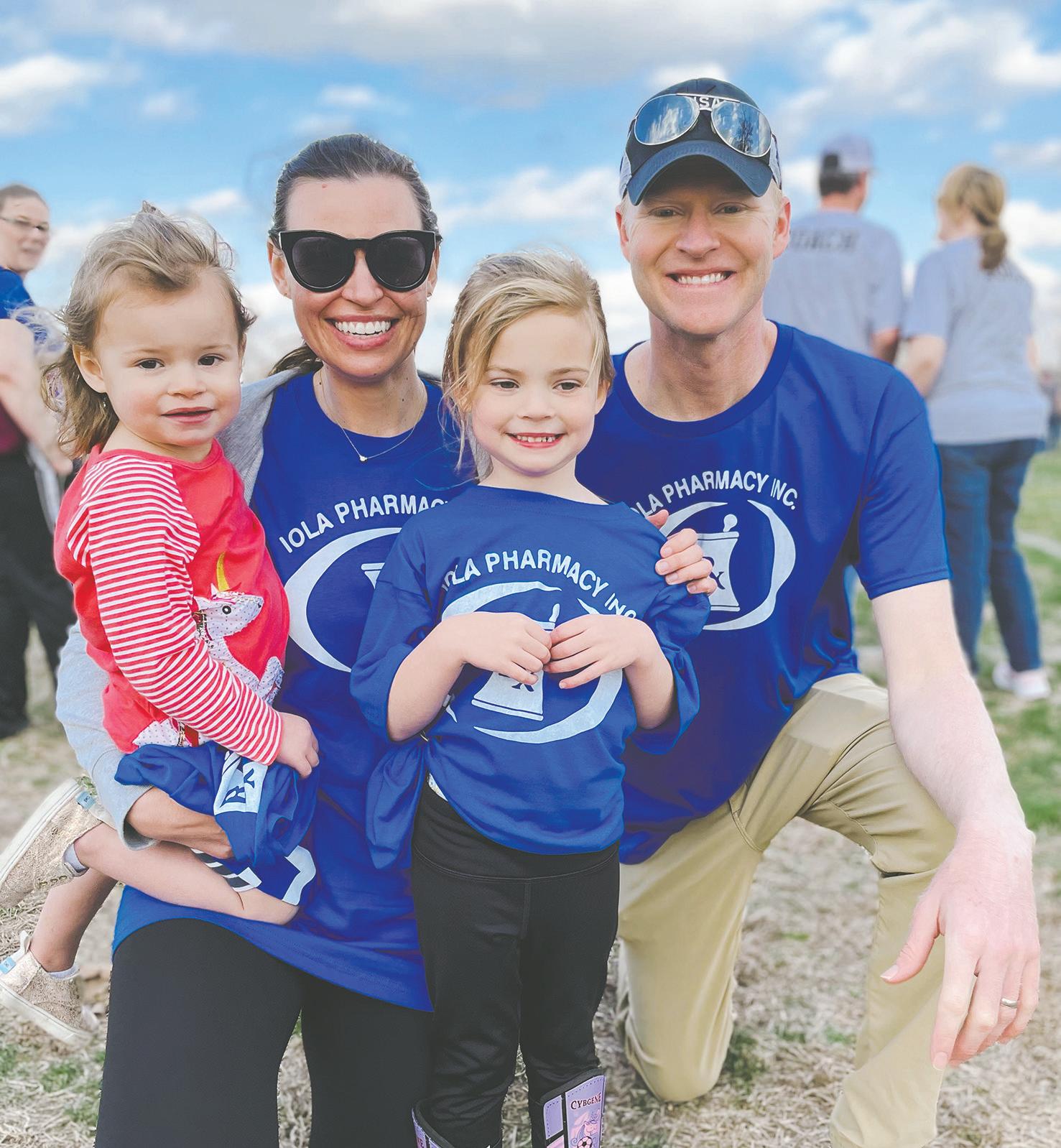

Coffield began practicing dentistry in Iola in 2011, taking over the practice of Dr. Vernon Lee.
He and wife, Ceri, have two children, Marin, age 5, and
ALLEN COUNTY REGIONAL
N. Kentucky St.,
HUMBOLDT CLINIC
S. 9th St., Humboldt,
CLINIC
S. Washington Ave.,
COMMUNITY HEALTH CENTER
CLINIC
N. State St.,
THE
ASHLEY
PHYSICIANS,
East. St.,
S. Plummer Ave.,
NEOSHO MEMORIAL REGIONAL
S. Plummer Ave.,
NMRMC Family Medicine
W. 7th St., Chanute,
NMRMC Orthopedic
W. 7th St., Chanute,
NMRMC
7th
HEALTH CENTER OF
CLINIC
MENTAL HEALTH
N.
S.
SCOTT - 212 State St.,
HUMBOLDT - 1106 S. 9th, Humboldt,
- 505 W. 15th,
CENTER - 204 S. Main, Yates Center,
BLANKET FORT THERAPY Kari Miller, LCMFT RPT 118 W Jackson Ave, Iola, KS
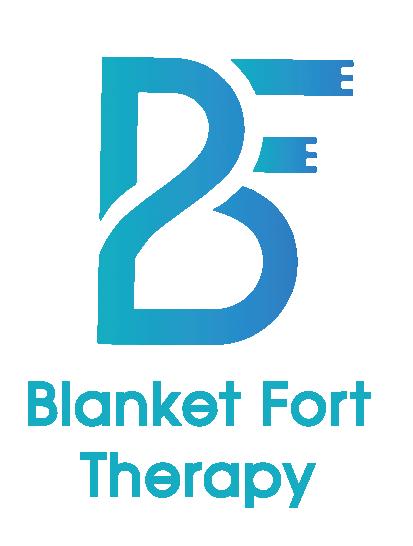
JERRY D. CHAMBERS, D.D.S. 423 N. Washington Ave., Iola,
448-6806
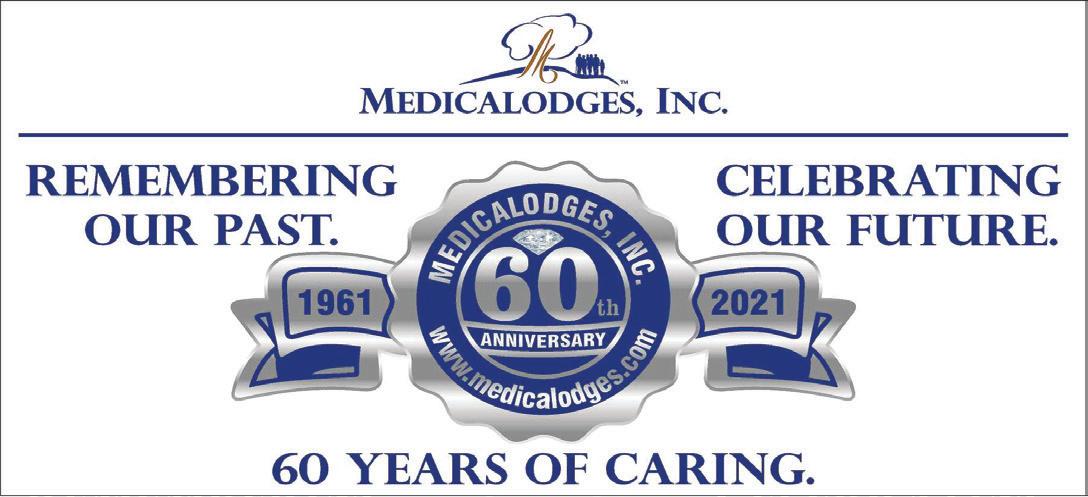
473-2241 GARNETT - 519 S. Elm, Garnett, KS
352-8214
228-1181
365-3991 RYAN COFFIELD, D.D.S., P.A. 415 N. Washington Ave., Iola,
365-6262
CHANUTE FAMILY DENTAL-WILLIAMS KENNETH D.D.S., P.A. 2607 S. Santa Fe Ave., Chanute, KS 66720................(620) 431-3000

GASTINEAU, D.D.S.,

W.
T. HALE, D.D.S.
CONRAD ANDERSEN, D.D.S.
CENTER
NEOSHO
IOLA
ROBERT
GARNETT
ALLEN
MIDWEST CHIROPRACTIC-DR.
MINOR CHIROPRACTIC-DR.

WELLNESS
When it comes to fighting dementia, Dr. Brian
Wolfe has some advice you probably already know: Eat right, stay active, sleep well and stay engaged socially.
Wolfe, a physician with Community Health Center of Southeast Kansas, often treats those with different types of dementia.
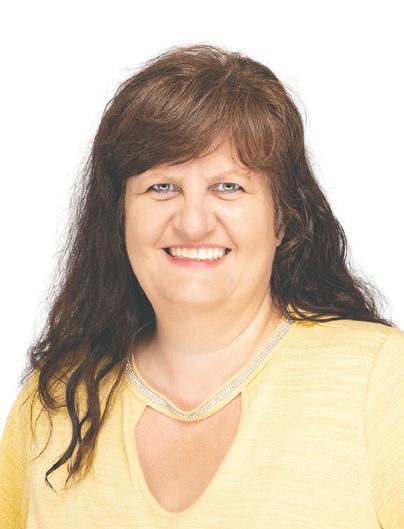
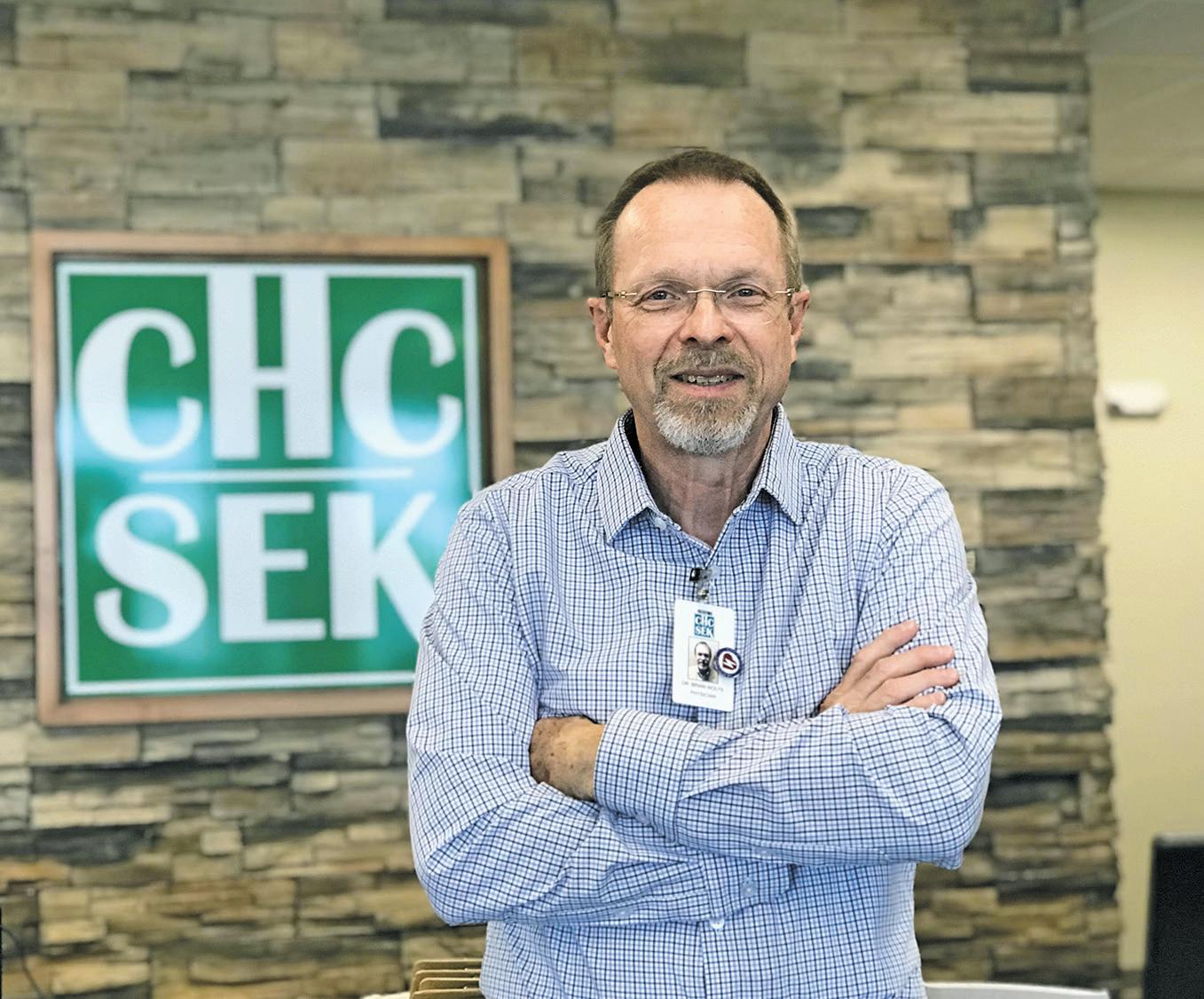
“What is helpful to my patients is to know there is something we can do about it,” he said.
Plenty of research has proven that healthy lifestyle behaviors can delay the onset of dementia. Dementia is an overall term for the various conditions related to impaired ability to remember, think or make decisions that interfere with daily functioning.

There are actually several types of dementia, although most tend to think of Alzheimer’s disease, which is most common.
Prevention comes down to a few key factors: Activity level Health experts recommend exercising at least 30 min utes, five days a week. If you can exercise at least 30 minutes every day, that’s even better.
Wolfe recommends the Mediterranean Diet or some thing like it that includes a good dose of fruits and veg etables, fish and nuts. Decrease consumption of red meats and oils, along with carbs.
A good night’s rest can make a big difference when it
comes to health. But getting enough sleep can be more difficult as we age. Conditions such as arthritis can make sleep painful, or sleep apnea can interfere with the REM cycle and lead to heart disease.
It’s important to keep the mind stimulated. Perhaps that means doing something creative, such as writing or art. It could also mean doing crossword puzzles or number-based games. An excellent option is to learn a new language, Wolfe said. Simply continuing to work also can help keep your brain at the top of its game.
Being around other people and staying engaged in a community also makes a big difference, Wolfe said. The COVID-19 pandemic highlighted how social isolation can take a toll on both mental and physical health.
“The sooner you are doing these things the better, but even in your 50s and 60s, it does make a difference. Just by doing these things, your quality of life is better.”
If it sounds like the key to staving off dementia is a lot like the advice you hear about most health conditions, you’re right, Wolfe said.
“You can modify your lifestyle in a way that promotes health,” he said. “Not only does it decrease your risk of dementia, but also diabetes, heart disease and other conditions.”
Certain health conditions can increase the dangers relat ed to dementia. Sleep apnea, as mentioned, can lead to a host of health issues. Managing your blood pressure also is important. “Smoking, high cholesterol, inactivity, obe sity, diabetes — all of those things fit into the scheme of dementia,” Wolfe said.

Some types of dementia are caused by physical impair ments, such as when small blood vessels in the brain get clogged. That’s why taking care of your heart and cardio vascular system is so important.
And what helps reduce the risk of heart disease? You guessed it: Eat right, stay active, sleep well and manage stress, among other activities.
It’s fairly typical to struggle with memory issues, espe cially as we age, Wolfe said. So when should you be con cerned?
“It’s tough to know,” he said. “If someone starts having an element of confusion and getting lost, or can’t handle mathematics such as balancing a checkbook, those may be clues that something is going on.”
Another clue is something called “sundowning,” which is a state of confusion that occurs in the late afternoon and night. People may get confused about the time. It can cause behaviors such as anxiety, aggression and ignor ing directions. It may lead to pacing or wandering.
Other conditions, such as depression, can mask demen tia and vice versa. Perhaps someone fears they may have dementia, when in reality they need to be treated
for depression.
Some types of dementia can cause hallucinations, which can be quite disturbing to the patient and family. Other conditions, such as depression, can mask dementia and vice versa. Perhaps someone fears they may have de mentia, when in reality they need to be treated for de pression.
Dementia affects the entire family. “If you have some body in your family who has dementia, then you’re also going through something as well,” he said.
Mental health treatment could be helpful for family mem bers, and could help the person who is going through it come to terms with their particular condition. “Mental health professionals can help you know what to expect with the progression,” Wolfe said.
The University of Kansas Alzheimer’s Disease Research Center offers a great deal of research and information related to dementia. Learn more at kumc.edu/research/ alzheimers-disease-research-center.html.


Here in Allen County, we have found that when people can’t get where they need to go, we all miss a lot. Patients miss doctors’ appointments, and provid ers miss chances to catch health issues early. Workers miss shifts, stores miss customers, and people miss connections. When Thrive began to hold conversations about transportation in 2019, we found that these prob lems run deep in our community. That’s why Thrive Al len County and our partners have made transportation a top priority.

At first glance, transportation in a rural area might seem like a breeze. In a small town, we must be close to everything, right? In reality, Allen County’s 12,500 resi dents are spread over 505 square miles. That distance becomes painfully apparent when Savonburg residents need to visit the doctor in Iola, 29 miles away; all the more so when someone in Humboldt has a specialist ap pointment in Overland Park. Even making it across town can be difficult without reliable transportation, espe cially for those with limited mobility or other obstacles.
For too long, our neighbors have relied on tapped-out networks of friends and family — if anything at all — to make it to their essential tasks. It has become clear that transportation is a key service to a thriving com munity. In 2020, the American Public Transportation As sociation found that every $1 invested in public trans
portation puts $5 back into the economy. Those returns come to our community in many forms, including fewer providers left waiting for patients who can’t come to their appointments, more reliable work attendance and a more productive team, higher spending on needed goods like groceries and household essentials. While the costs of providing transportation are not negligible, the costs of not providing it are far higher.
Allen County is rising to the challenge of building a reli able transportation network to meet residents’ needs. In 2020, Thrive launched non-emergent medical and safety net transportation, which takes riders to doc tors, therapists, social services, disability hearings, and

more, with a service area that includes Wichita, Kansas City, and Joplin. And this October, Thrive additionally took on general public transportation. Anyone can call 620-228-0463 to request a ride to the grocery store, their workplace, or even a friend’s house. Allen Coun ty’s free bikeshare also offers an active transportation option to anyone needing a pair of wheels. And finally, other organizations fill out the network of transporta tion options, such as the county’s Services to the Elder ly bus that serves residents over 55, the CHC/SEK’s pro gram to bring clients to their appointments across their clinic system, and the Wings of Warriors Allen County Cancer Foundation, that helps patients make it to their chemotherapy and cancer care appointments.


Looking to the future, our work is far from complete. Next summer, Thrive plans to roll out Allen Regional Transit as an independent nonprofit dedicated to pro viding and expanding public and safety net transpor tation. We aim to expand services, especially focusing outside regular business hours to serve shift workers. Most of all, we need input and partnerships so we can serve those who need it most. It truly takes a village to build the connected community we need. We hope you’ll come along for the ride!


eat a healthy diet and maintain a healthy weight.
When it comes to type 2 diabetes, exercise is the “magic medicine,” according to Kristyn Milburn, a nurse practitioner who specializes in diabetes manage ment with the Community Health Center of Southeast Kansas.



“Exercise allows muscles to better use available insu lin and glucose,” said Milburn. Insulin is a hormone that helps your body turn food into energy.
When discussing diabetes management with children, “I call insulin the school bus that transports energy wherever it needs to go,” she said.
Increasingly, Milburn’s patient load includes children. “Sadly, we’re seeing a drastic increase in children with type 2 diabetes,” she said. “Unfortunately, my recom mendations aren’t very popular.”
Type 2 diabetes is distinguished from type 1 diabetes in that the latter is an autoimmune condition where the pancreas either doesn’t make insulin or doesn’t make enough to release the amount the body needs to con trol blood sugars, resulting in diabetes.
Milburn boils down preventing type 2 diabetes in chil dren to three things: They need to get more exercise,
“Type 2 diabetes is highly tied to obesity. Children need to be less sedentary. Get them away from screens. And children need to eat and drink less sugar.”Kristyn Milburn, NP-C, BC-ADM, CDCES /Photo courtesy of CHC/SEK
With type 2 diabetes, the symptoms are much the same, but lifestyle behaviors — and genetics — play a big role.
“A child born to an adult female living with type 1 dia betes has only a 1% to 3% chance of developing type 1 diabetes, whereas a child born to a mother with type 2 diabetes has a 40% chance of developing type 2 diabe tes. If both parents have type 2, the risk jumps to 70%.
“So, statistically speaking, genetics play a much great er role in type 2 than type 1,” said Milburn. Even those at greater risk of type 2 diabetes can significantly decrease their chances of getting it by maintaining a healthy diet and exercise regime.
Milburn sees it as her goal to empower people to take control of their diabetes. With children, especially, “I tell them ‘You’ve got this. You can live a normal life.’”
Managing type 1 diabetes in children requires an “allhands-on-deck approach,” Milburn said. “The parents, grandparents, teachers and school nurses all need to be aware of the child’s needs and see that they are met.”

The social stigmas associated with obesity can be a roadblock to productive discussions about diabetes. “There’s a lot of emotions tied to food. Sometimes it’s a matter of not being able to afford healthy food.”
Three sources of food provide the body energy — pro tein, fat and carbohydrates. Because they affect the body’s blood glucose levels, carbs are a diabetic’s great est concern and require careful monitoring.
“Look for fiber and density,” Milburn advises. The more
sugar an item has, the more it can affect the body’s blood glucose levels. And if it’s in liquid form, the spike can happen almost immediately. “With kiddos, avoid fruit juices. There’s negligible fiber, but a ton of sugar,” she said.
The goal is to eat “slow” foods with a high-fiber-to-carbs ratio, such as vegetables that grow above the ground, dairy products, nuts, fish and eggs. Fatty foods are also a danger because they tend to make people with diabe tes more insulin-resistant.

The most helpful way to see if a food is affecting the body’s blood sugar levels is to have a continuous glu cose monitor that tracks the body’s glucose levels through a tiny sensor that’s inserted under the skin and transmits the information to a monitor.
Milburn tells of a patient who refused to alter her diet that frequently included two bean burritos for lunch. “We’d have the same conversation over and over about her need to reduce her carbohydrate intake,” Milburn said.
With the glucose monitor, the patient discovered the meal registered at more than 800 calories and 110 grams of carbohydrates, the entirety of what her dai ly intake should be. “Ever since, she’s eliminated them completely.”
For more information on diabetes, Milburn sug gests reading Adam Brown’s “42 Factors that Affect Blood Glucose,” online at diatribe.org/42-factors-af fect-blood-glucose-surprising-update.

Tell us a little bit about you and your family
My husband and I are originally from Malaysia, and we were in Houston for the past few years. We now live in Chanute and have a baby.
Why did you choose to become a surgeon?
I wanted to become a surgeon because I enjoyed what a surgeon does daily, from draining abscesses to doing major operations. The ability to provide care when the patient needs it and the knowledge that I can take care of their problems bring me the most gratification.

They can expect that I will want to understand their problems and their perspectives, that I will treat them with care and respect, and that I will always be happy to help them at any time.
During my free time, I like to cook, hike, and enjoy na ture.
Eat less salt and more fruits and vegetables — and ex ercise.
Tell us a little bit about you and your family. My hometown is Neodesha, and my family is still here. I’m married to Chris Jabben, who is also from Neodesha.
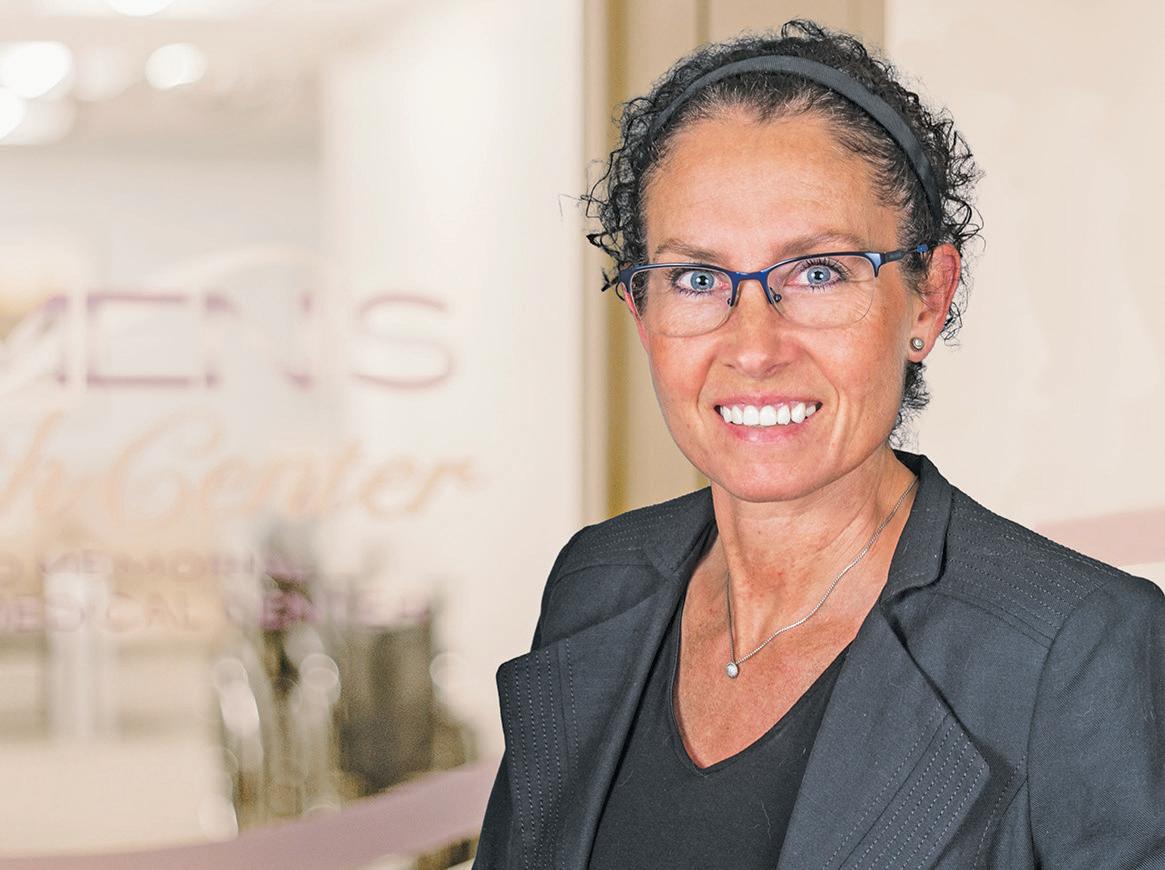
I have three children, and he has four. We also have cats and dogs.
I originally wanted to be a family doctor, but then I re alized that I wanted to be a surgeon. I’m a surgeon at heart, but I also enjoy taking care of people on a longterm basis. I enjoy the variety of care that we provide as OB-GYNs.
I’m a straight-shooter — very honest with my patients. And I don’t try to tell anybody what to do. Instead, I want my patients to participate in making their health care decisions.
I like to exercise — I especially enjoy running. My family and I like to go camping, and we enjoy travel, too.
Follow a healthy diet, exercise on most days, and get the health screenings that are recommended for you. Try to minimize your intake of processed foods, al though I know that’s easier said than done!
Tell us a little bit about you and your family.
I grew up in Hutchinson, and have family all around southeast Kansas, so I came to this area quite often as a kid. My wife, Brianna, and I have four kids.
I’ve always been fascinated by surgery. While I was in high school, I saw a video of someone doing an oper ation, and I thought it was the coolest thing ever. And since then, that’s all I really wanted to do. I like having a problem and being able to fix it and see that through to completion.
I treat everybody like family. I will try and make every body feel welcomed and invited. I make decisions with patients, rather than for patients, by including them in that decision-making process. I will always be up front and honest with my patients.
I enjoy anything outdoors, including hunting and fish ing. My family and I do a lot of activities together. I like any excuse to go fishing! I enjoy Chiefs football and Jay hawk basketball, too.
Keep moving. The more you keep moving, the longer you will keep moving! Try to do whatever you can to stay fit.
Drs.
ic in Chanute, while Dr. Lowden is with the NMRMC Women’s Health Center in Chanute and Neodesha.

NMRMC
13920
NMRMC
1501
620-432-5588
NMRMC
1709
620-432-5436
NMRMC
629
620-432-5378
NMRMC
1501 W. 7th,
620-432-5775
NMRMC Women’s
629 S. Plummer,
620-432-5580
Neosho

629 S. Plummer,
620-431-4000
NMRMC Senior

1409 W. 7th
620-433-3800
620-431-0340



